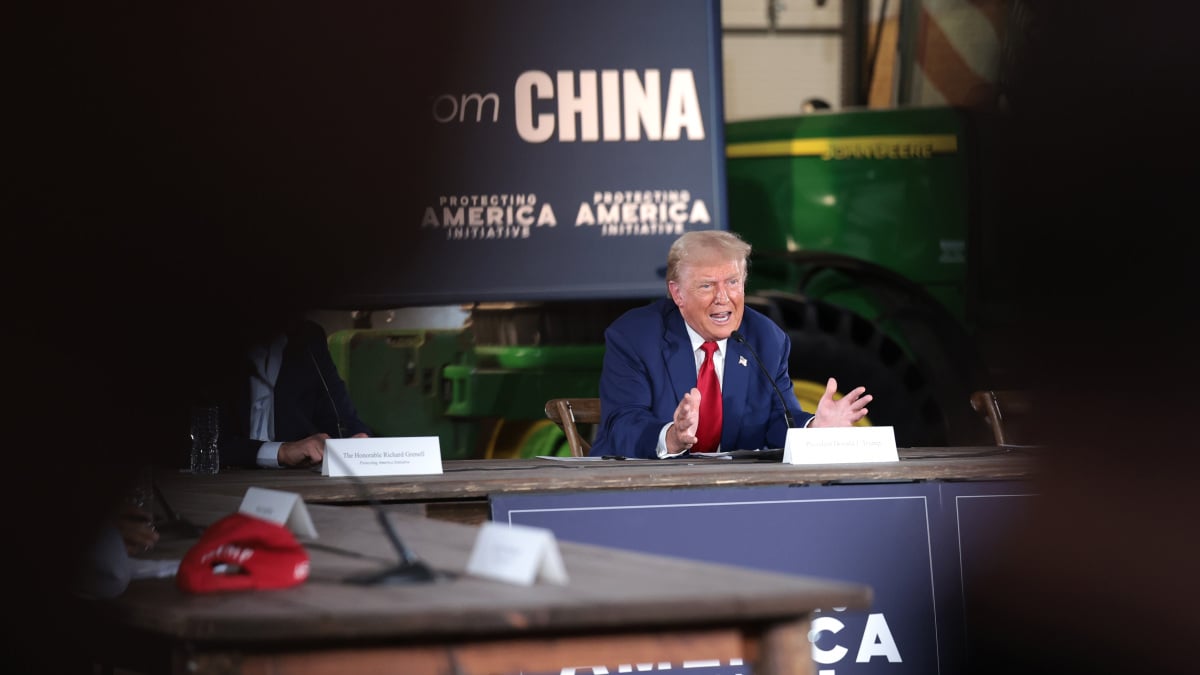Big Tech, Wall Street, small businesses, and consumers threatened by Trump’s tariffs can now breathe a sigh of relief…at least for the time being.
In the early morning hours on Monday, President Donald Trump’s Treasury Secretary Scott Bessent announced that the U.S. and China had come to a temporary trade agreement while meeting in Geneva over the weekend.
Most notably, this temporary deal will see both countries slash their tariffs for a period of 90-days while negotiations continue.
According to the announced deal, the U.S. will lower Trump’s reciprocal tariffs on goods coming in from China from 145 percent to 30 percent. China will also lower its tariff on U.S. exports to the country from 125 percent to 10 percent. Each side has basically knocked their tariffs down by 115 percent.
Mashable Light Speed
The stock market surged on Monday morning based on this news. Tech stocks were especially on the move after the temporary trade deal announcement. Tesla and Amazon rose by more than 7 percent in the early hours. Apple stock also saw a 6 percent rise, followed by Meta and Nvidia stock at 5 percent. Electronics retailer Best Buy saw its stock surge by 10 percent as well.
The original 145 percent reciprocal tariffs levied on China by Trump sent the stock market in a tailspin during a 4-day stretch in early April and created supply chain issues for tech companies looking to avoid paying the new reciprocal tariff for as long as possible – before inevitably passing on the additional costs to consumers.
Trump’s 145 percent tariff looked to be especially devastating for businesses in the electronics and technology space as many of those products are manufactured in China. Just earlier this month, for example, the security camera company Wyze shared that it had just paid $255,000 in tariffs for a $167,000 purchase due to Trump’s trade war with China.
While the 30 percent tariff is a huge drop from 145 percent, it should be noted that it’s still higher than the flat 10 percent tariff from before Trump took office. And, of course, this is only a temporary, 90-day agreement between the U.S. and China. If negotiations fail going forward, businesses and consumers might be looking at more tariff woes in the months ahead.
Topics
Donald Trump
Tariffs
